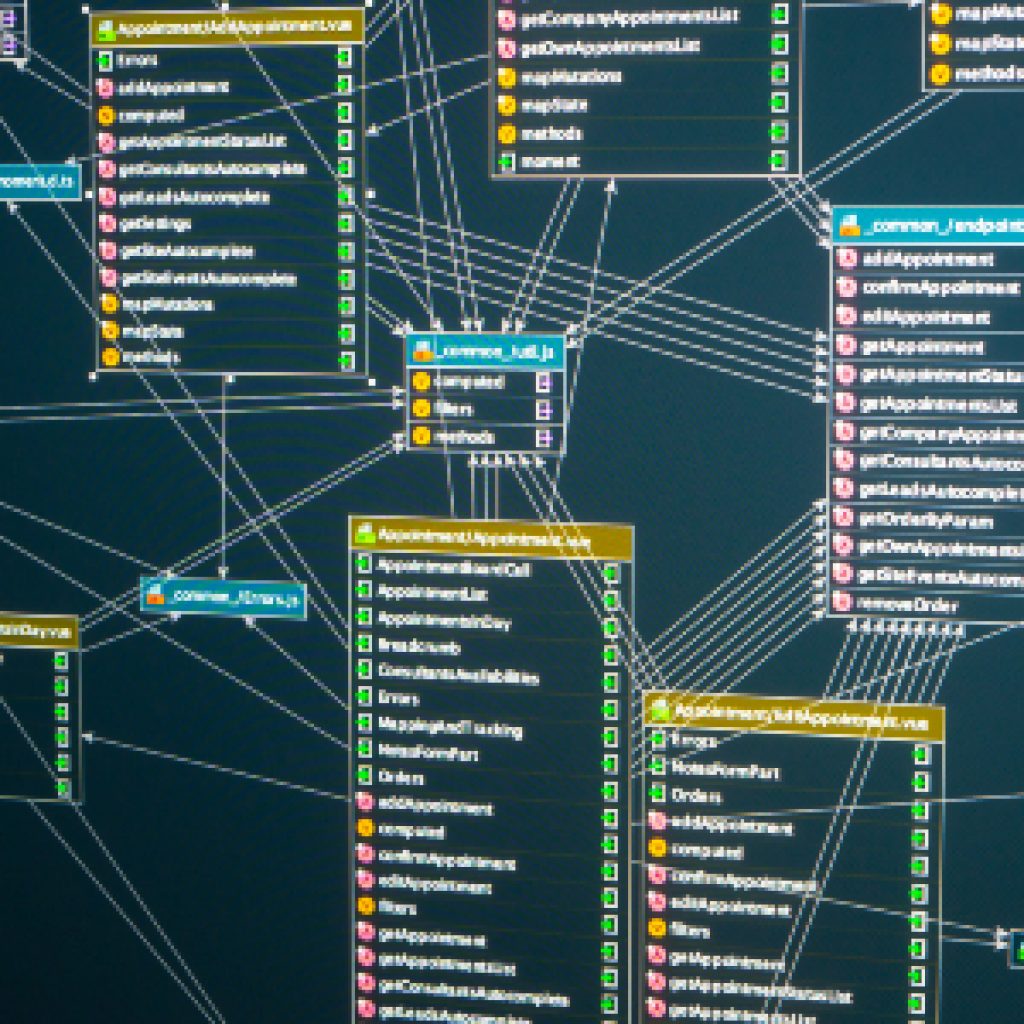
Tableitis (tay-bul-eye’-tus) is a widespread condition suffered by professional data modelers, commonly called “TABLE THINK.” This condition was first recognized by yours truly, Dr. Gordon C. Everest.
Treatment rearranges the wheels in your mind so you can see more clearly.
Most professional data modelers suffer from Tableitis… are you one of them? The symptoms are not widely recognized. You may not even know if you are a sufferer. Fortunately, there is a cure.
Table (n.) – a collection of information (data?) describing a population of entities which possess some common characteristics, called attributes. Tables are the building block of relational databases. Tables must generally be “normalized,” at least to 1NF. That may be an appropriate way to think of databases when implemented in a modern day DBMS. However, it is not the way the world thinks logically. People have no problem with commonly occurring phenomena such as:
- A multi-valued attribute, e.g., an Employee possesses multiple Skills.
- Many-to-many (M:N) relationships, e.g., as between Employees and Projects
- A relationship with attributes
even though our systems may. None of these situations can be handled directly in a relational database.
-itis – “suffix denoting diseases characterized by inflammation, itself often caused by an infection.” ———- from the Wikipedia Wiktionary.
INFLAMMATION is usually in the head of data modelers, not as an ache, but in thinking that a database design is good when it really isn’t. Data modelers are often proud of their designs and can’t understand why business users and others don’t understand them, even when presented with elegant ER diagrams.
INFECTION generally occurs as a result of taking an introductory database course and/or reading a database textbook that purports to teach effective approaches to database design producing models which accurately reflect the world of interest to a community of users.
Tableitis (tay-bul-eye’-tus) – a mental condition found in professional data modelers, that is, thinking about tables too early in the process of database design. Some people popularly refer to this condition as “Table Think,” a phrase coined by Dr. Everest in the early 21st century. It is manifest when the data modeler begins to build a data model by thinking about or drawing icons to represent entities. Some call this a high-level conceptual model. Even though their model only contains major entities, we all know that there are attributes lurking in the back of their mind. Thus, the next step in the modeling process is to add attributes to the model. This can be particularly troublesome when the domain being modeled is complex. Sometimes we don’t put the attributes in the right place. The conventional test is to apply the rules of normalization. Correcting a violation of the rules involves decomposition of a data model, which can further degrade the performance of a database system.
Symptoms
This serious condition results in poorly performing information systems which do not adequately support the business, particularly in the face of changing information requirements. This is because systems are often built upon poorly designed databases. More important perhaps than poor designs, tableitis can result in frustration for the data modelers who struggle with design issues and an inability to think through to an acceptable model solution. Often IT/IS professionals do not recognize the real symptoms, and attribute the problem to slow hardware, lack of storage space, limited bandwidth, etc. Most data modelers do not recognize that they have a problem, let alone one which is curable.
Diagnosis
As with most mental health problems, the proper diagnosis depends on administering a series of tests and answering questions. Once an individual recognizes that they may have a problem, they can elect to sign-up for treatment. With proper treatment, data modeling architects can learn to recognize poorly designed databases and produce well-designed databases.
Treatment
Effective and lasting treatment takes several weeks, up to fifteen weeks in severe cases. The patient must be actively involved with their treatment for it to be successful. You can’t just swallow a pill, or sit back and listen to what the doctor says. Different exercises of the mind, starting from simple design problems and progressing to more difficult ones, have proven to be effective. As you learn how to recognize and deal with different types of problems, your recovery progresses. Progress is measured using periodic quizzes and problem assignments.
Cure
Fortunately, the cure rate is practically 100% for those who complete the treatment. Dr. Everest has developed an effective treatment that leads to this high cure rate. The cure lasts for a lifetime, although free refresher treatments are still available, and you can always go back and review the original materials handed out in treatment.
Epidemiology
Tableitis is quite contagious. Most data modelers have it by the time they begin their professional career. This is due mainly to the prevalence of conventional database courses, textbooks, systems, and data modeling tools which are based on ER diagrams or the relational data model. All of these serve to infect an aspiring student. Some infected graduates go on to teach and write about data management and database design, thus infecting the next generation of students. Given the current state of data management in the IT/IS community, it is very difficult to escape tableitis.
The Good News
The good news is that tableitis is completely curable. Having gone through treatment, practicing data modelers are able to recognize and correct poor database designs. Moreover, they are equipped with a design approach which avoids the pitfalls of conventional database design methods. They are able to help other data modelers at least recognize that they have a problem and that there is a better way to design databases. However, a complete and lasting cure generally requires going through the entire treatment program.
REFERENCE: Advanced Data Modeling course
